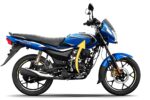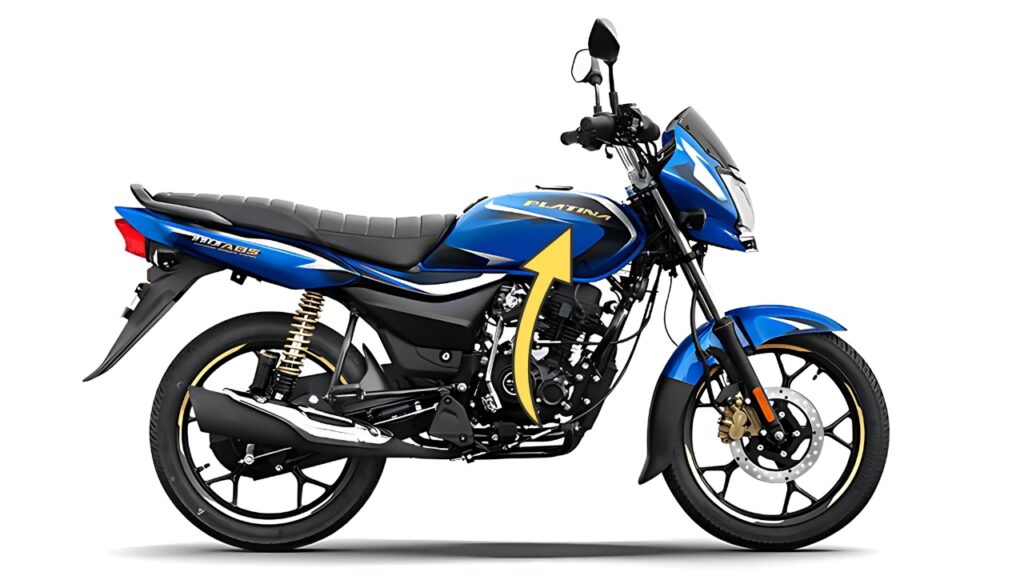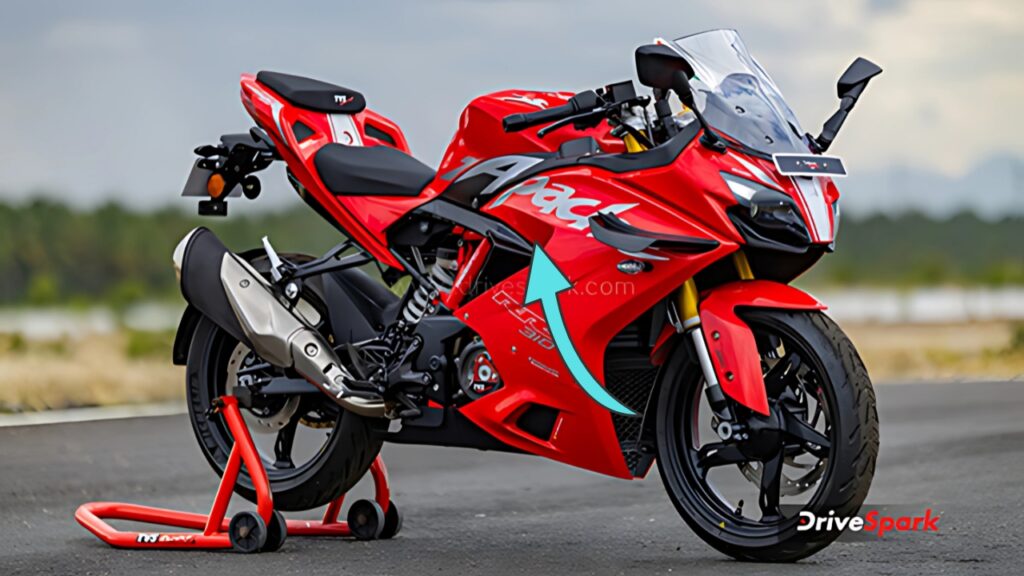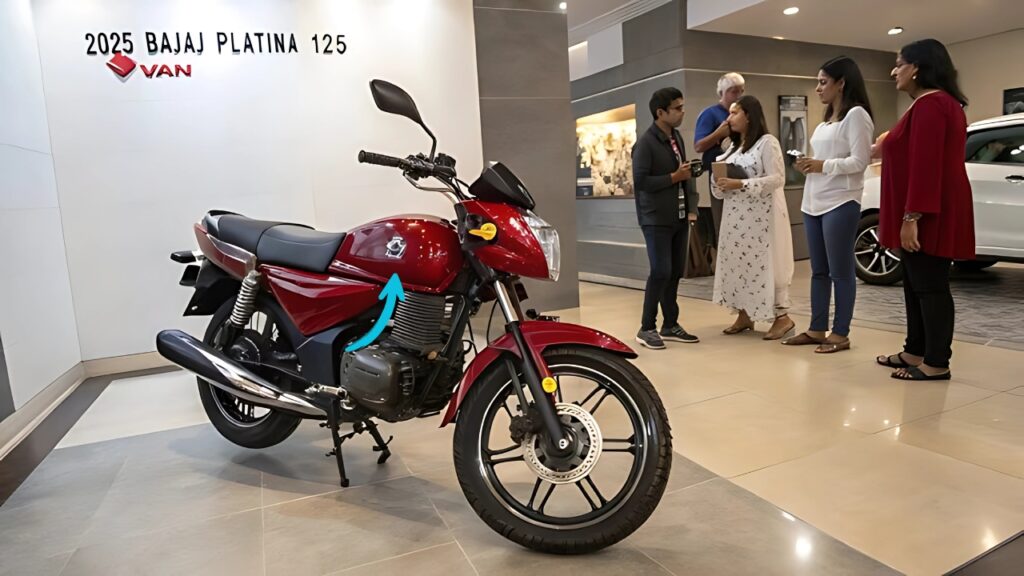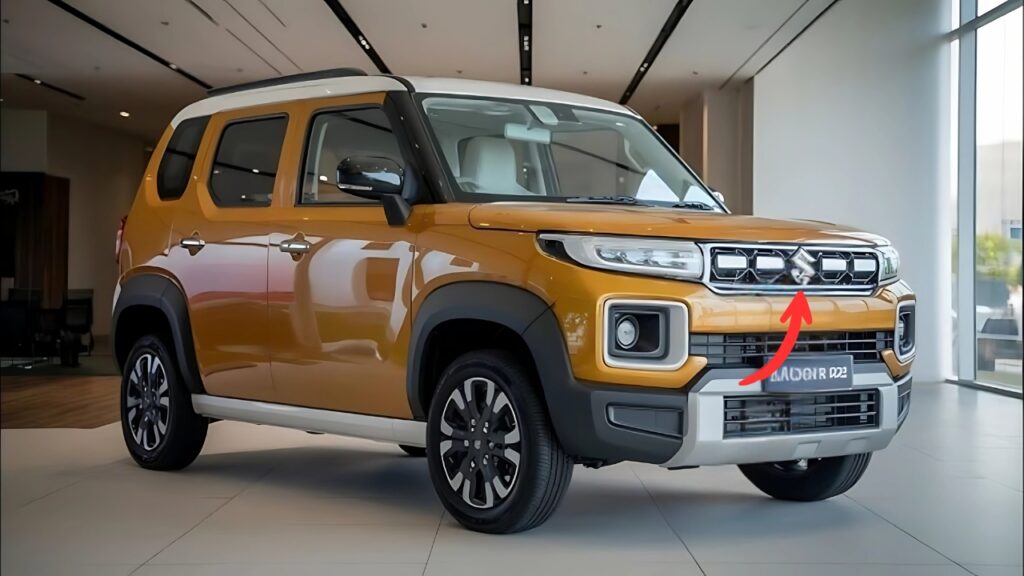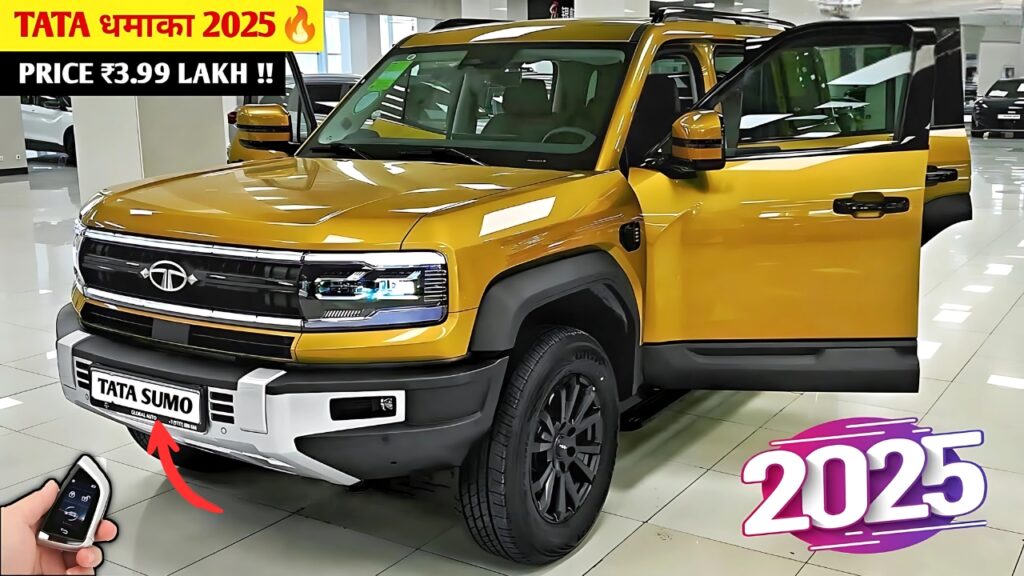Maruti Suzuki Fronx: Maruti Suzuki Fronx Facelift Fails To Match Up Against Creta Despite Undercutting By ₹ 6 Lakh Price Point
Announcing a bold market move that will shake things up in Indian car market, Maruti Suzuki has just revealed a thoroughly updated variant of the model which has been christened as Fronx crossover with a starting price of just ₹ 6 lakh (ex-showroom).
However, even this fulcrum pricing, which is aimed at undermining well entrenched compact SUV incumbents, has not been able to make a sizable dent in the market share of the segment-leading Hyundai Creta, suggesting consumer dynamics in India’s evolving car market are much more nuanced than just price points.
Table of Contents
Maruti Suzuki Fronx And some industry-bucking strategic pricing
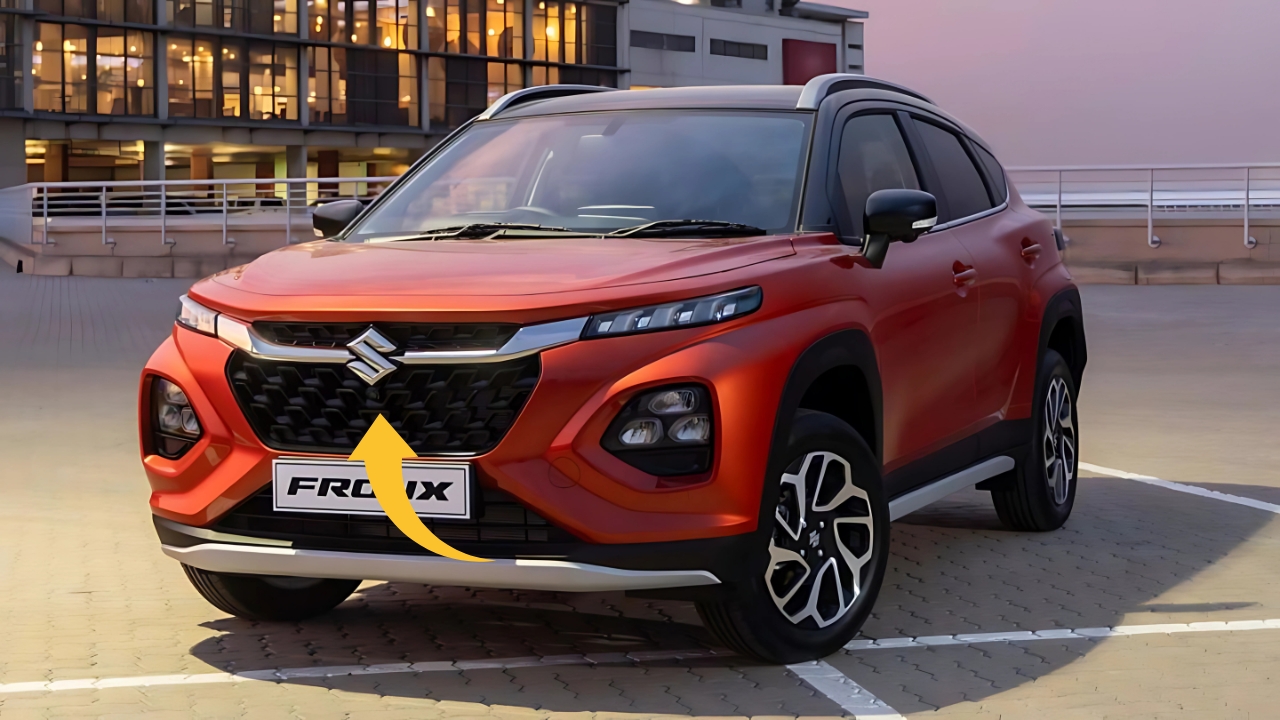
One of the most daring pricing strategies we had recently seen in years was of Maruti Suzuki pricing the refreshed Fronx from around ₹6 lakh onwards.
That puts the crossover well below the pricing of traditional compact SUVs while still featuring the elevated driving position and nimble urban-minded footprint that’s helped set the segment ablaze in popularity.
“The price-point basically breaks the segment down,” says Vikram Sharma, with more than 15 years of experience as an automotive market analyst.
“Maruti’s strategy is effectively asking the question: Do consumers really need to spend twice the money for Creta class products or have they been paying for the greater brand positioning than actual use?”
Even with this strong value equation, extensive dealer checks by Autocar India across several major metro markets reveal that the Fronx has been unable to directly poach potential Creta customers.
Instead, the car is bringing in people who were previously thinking of buying a premium hatchback or entry-level subcompact SUV, indicating that price isn’t enough to overcome perceptions of segmenta1tion.
Categorical Jump is Not Achievable by Evolutionary Design
Maruti Suzuki Fronx As far as the looks go, the facelifted Fronx doesn’t look much different from the earlier Fronx but still, it adds a few exterior touches which, the company say, makes the crossover look more upmarket than before.
The styling tweaks comprise a restyled front end complete with a bigger grille with a patterned chrome detailing, new LED headlamp clusters with signature lights, a more sportily-crafted bumper that receives larger air intakes and fog lamp housings.
Profile changes include larger wheel arch cladding, revised up to 16-inch alloy wheels and additional body side moldings that give the van a larger visual presence.
The back gets refreshed LED taillights with a bridging light bar element and a reworked bumper with silver skid plate styling.
These changes in evolutionist sense continuity of the brand, trying to show himself a more premium. But consumer research suggests that those changes have not substantially altered the way people view the vehicle’s core category.
“The design language of the Fronx still looks like the hatchback inspired with some crossovers elements bean planted, rather than the aggressive SUV stance synonymous to the Creta,” says automotive design consultant Priyanka Mehta.
“In Indian automotive context, this visual positioning casts a big impression on consumer perception irrespective of the spec equations or price leverage.
According to these focus groups, prospective customers still think of the Fronx as a “lifted hatchback” or “crossover” rather than a real SUV, and that’s a big perception gap no amount of price differential alone will overcome.
Technical specs: the pragmatic vs. the perceived efficiency
Mechanically, the updated Fronx would continue to borrow its engine and transmission options from the Maruti yet again, which is the same set of frugal 1.2 L naturally aspirated petrol offering 89 bhp and 113 Nm and a more peppy 1.0 L BoosterJet turbo-petrol unit that pumps out 118 bhp and 148 Nm.
Transmission options include a 5-speed manual, a 5-speed AMT or a 6-speed auto, depending on the choice of powertrain.
Their less efficient engines produce impressive fuel economy—claimed at better than 20 km/l on the test cycle—at which Maruti also has always been strong.
But the other engines don’t have that torque, either in terms of the displacement or in terms of perceived sturdiness (Creta’s 1.5-litre options (PS/BHP depending on efficiency) are more dependable, despite potentially offering less fuel efficiency, at least in terms of projection).
This awareness gap is still large in the case of consumers in other cities and towns for whom engine capacity is perceived to be a generator of vehicle capability, prestige and potential service life.
This is said to be even more important for first-time SUV buyers who are just stepping up from smaller cars – a big proportion of who buy compact SUVs.
Feature Additions Which Just Don’t Match Up To Category Expectations
The Fronx facelift brings some significant equipment improvements that reduce the disparity but don’t close the gap the premium compact SUVs. Higher variants now offer:
9-inch SmartPlay Pro+ touchscreen infotainment system with wireless smartphone connectivity
Airbags-Six, airbags-standard for all models
360-degree camera system that is available on the top trim levels
Wireless charging pad
Auto-dimming rearview mirror
ESP with hill hold assist
Rear AC vents controversially, are offered only with automatic climate control.
Cruise control and steering mounted controls
No-touch automatic, power lift gate Keyless access entry and push-button start “Forester’s Keyless Access system is now standard for all trim levels.
Although it does bring fabulous features to market for the price, that doesn’t make the Fronx a premium system.
Absent features are the likes of panoramic sunroof, ventilated seats, e-parking brake and some new-age safety features which are increasingly becoming crucial decision-making factors while purchasing cars in this segment, given which all of them are offered in the Creta category.
Perception Gaps Supported by Dimensional Constraints
More than just features and powertrains, the Fronx must contend with basic dimensional dissonance that only exacerbates perception gaps with larger compact SUVs.
The Fronx measures around 3,995mm in length, so it is limited to the sub-four-metre segment that attracts lower taxes in India, the Creta measures at 4,300mm.
This 300mm dichotomy has significant implications for interior space, especially for rear seat passengers and boot size. On size, the Fronx gives you about 308 liters of boot space versus the Creta’s 433 liters – that’s a 40% difference that can play a big part in practical everyday family use.
“Consumers feel the physical limitations and tangible functional implications that they experience whenever they visit a dealership, regardless of feature parity or advantage on price,” says automotive product planner Rahul Desai.
“For many families buying their first household vehicle, these are all pragmatic issues, and they often resonate more loudly than any saved dollars.
Brand Hierarchy and Status Effects
According to the market, requests for brand perception and prestige thinking are still monk in the buying decision beyond the added value analysis.
The fact that the Fronx would sit in among Maruti’s mostly mass-market range means it would have perception issues going up against Hyundai’s slightly more premium brand image in the compact SUV space.
Though ‘V’s success can’t be attributed just to the car, for a large section of Indian consumers, especially ones in aspirational categories, the vehicle remains a status milestone, says consumer psychology specialist Ananya Singh.
“This emotional aspect to the buying decision will often override rational value considerations and translates into a barrier to crossovers that appear to be ‘stretched hatchbacks’, regardless of content or price advantage.
This perception disconnect has been difficult for Maruti to bridge even with real capability enhancements, and indicates that a deeper brand repositioning might be needed in order to truly be persuasive in premium compact SUV segments.
Protecting Segment Boundaries from Competitive Response
The competitive scenario, meanwhile, has muddied Maruti’s game plan with incumbents using tactical gambits to solidify what they believe are the segments.
Hyundai has rolled out time-bound offers on the base trims of the Creta, thus narrowing the acquisition price difference and thereby advertising Creta’s premium nature with marketing communication that have specific mentions of features lacking in the Fronx.
Other compact SUV makers, too, have unleashed special edition models with added content at discounted prices that provide strong value propositions and keep brand (and segment) value, as well as partially defanging the Fronx’s price edge.
Maruti Suzuki Fronx Implications and Future Prospects
Maruti Suzuki Fronx The mixed reaction of the market towards the overtly priced Fronx facelift has some very important strategic messages for Maruti Suzuki’s SUV gameplan at large.
Industry analysts believe the company will have to build more uniquely positioned products with purpose-built platforms, rather than trying to “boil the ocean, so to speak,” by making new architectures fit across too many segments.
“What seems to be emerging as a take away is that Indian automotive consumers now see vehicles not simply through a price-feature prism,” says automotive business strategy consultant Rajiv Verma.
“Emotional migration of segments happens when you have to not only bring rational proposition, but address emotional as well as aspirational factors too…and Maruti would capture it well in its future product planning,” said a company insider.
Despite the current headwinds, Maruti’s scale advantages and financial strength leave it well positioned to double down on experimentation with product positioning, which may eventually result in more effective segment-blurring vehicles in later product cycles, as the company builds a clearer understanding of India’s increasingly sophisticated auto consumer preferences.
